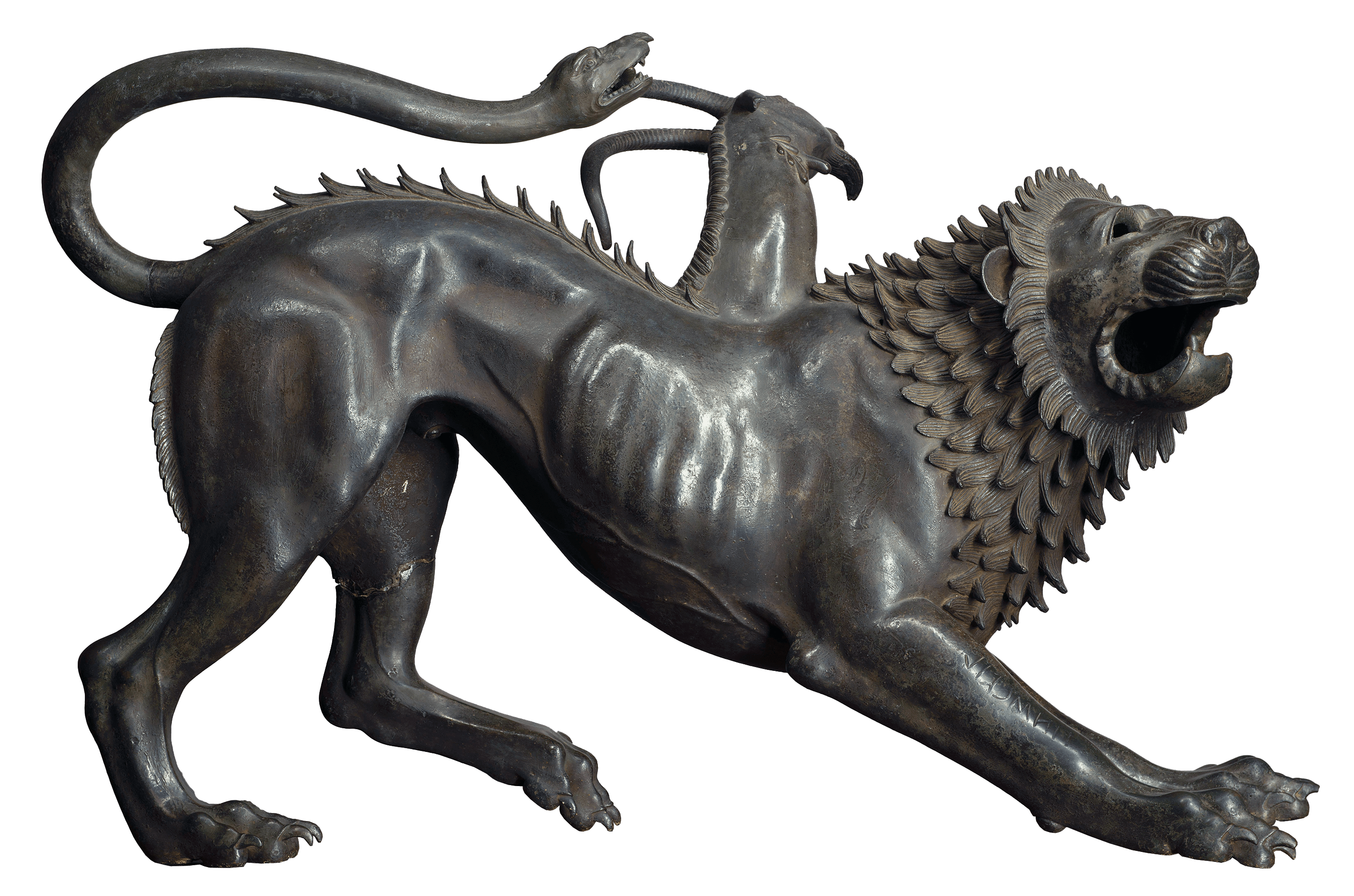Roundabout History
Subscribe to join our latest adventure
Welcome to Roundabout History!
Welcome to Roundabout History Dear History Enthusiasts, I'm thrilled to welcome you to the inaugural edition of Roundabout History, your weekly journey through the fascinating corridors of the past. Whether you're a seasoned history buff or just beginning to explore the annals of time, this newsletter is your ticket to uncovering the hidden gems, untold stories, and remarkable figures that have shaped our world. Roundabout History, seeks to show how history is more than just dates and...
READ POSTLesson Eighty-Two
Lesson Eighty-Two Hypoxia Dear Readers, Today, we return to the history of medicine by exploring a concept so fundamental to life that its absence defines our survival. Hypoxia (from the Greek "hypo-" meaning below or under and "-oxia" meaning oxygen) refers to the medical condition of a shortage of oxygen in the body’s tissues. While the science behind hypoxia is relatively new, the experience of it has been with humanity since the first climbers set foot on mountain slopes and the earliest...
READ POSTLesson Eighty-One
Lesson Eighty-One Swimming Hello Aquatic Friends and Landlubbers alike, This week we step away from medicine and return to one of humanity’s oldest relationships with nature. Swimming seems so instinctive to us today that it is easy to forget its long, winding history, shaped by necessity, culture, science, and sport. From ancient cave paintings to the Olympic podium, the story of swimming offers insight into how humans first learned to master a medium that was never quite our own. The...
READ POSTLesson Eighty
Lesson Eighty The White Coat Dear History Enthusiasts, Today, we veer away from the usual look into impactful figures and into the clinic, exploring one of medicine’s most recognizable symbols, the white coat. To most, it is merely an emblem of authority and cleanliness, but behind its crisp folds lies a complex story of science, symbolism, and hierarchy. OriginsIn the 19th century, physicians wore black. Black symbolized formality and earnestness, appropriate for a profession that frequently...
READ POSTLesson Seventy-Nine
Lesson Seventy-Nine Theobald Smith Dear History Enthusiasts, This week, we shed light on a lesser-known pioneer whose quiet brilliance changed the course of infectious disease science: Theobald Smith, the American microbiologist who first proved that arthropods like ticks can transmit disease. His discovery connected animal pathology to human health and established the foundations of modern vector biology. A Scientist Takes Shape Born on July 31, 1859, in Albany, New York, Theobald Smith...
READ POST
Lesson Seventy-Eight
Lesson Seventy-Eight Ray Owen Dear History Enthusiasts, This week, we continue our deep dive into the world of new ideas in immunology, a field shaped by quiet revolutions and unexpected discoveries. Few figures embody this spirit better than Ray David Owen (1915–2014), the American geneticist whose work uncovered one of biology’s most fascinating paradoxes: that a single individual can, in fact, contain two distinct genetic identities. Ray Owen and the Discovery of Chimerism In 1945, while...
READ POSTLesson Seventy-Seven
Lesson Seventy-Seven Élie Metchnikoff Dear History Enthusiasts, This week, we turn to the story of a man who gazed at the smallest organisms of life and saw within them the tools for defending our very existence. Élie Metchnikoff, a zoologist and immunologist, is remembered today as the father of phagocytosis, a process central to our understanding of immunity. His ideas not only opened the doors to modern immunology but also illustrated the remarkable innovation that arises when scientists...
READ POSTLesson Seventy-Six
Lesson Seventy Six Fricastoro Hello Readers, Over the last several weeks, I have become increasingly aware of the flaws in how this newsletter is delivered to you all. It undoubtedly has been sent directly to your spam inboxes, an issue I am unsure of exactly how to mitigate. Because of this, I have been slowly migrating all of my posts to Substack, a platform many of you, I believe, are familiar with. For the time being, I will be publishing both through this channel and through Substack,...
READ POSTLesson Seventy-Five
Lesson Seventy-Five The Lancet Dear History Enthusiasts, This week, we trace the story of one of the most influential medical journals in the world: The Lancet. More than just a periodical, it has been a platform for scientific discovery, medical debate, and political controversy for nearly two centuries. Founding Vision The Lancet was founded in 1823 by Thomas Wakley, an English surgeon and radical reformer. At the time, Britain’s medical establishment was dominated by elite institutions...
READ POST